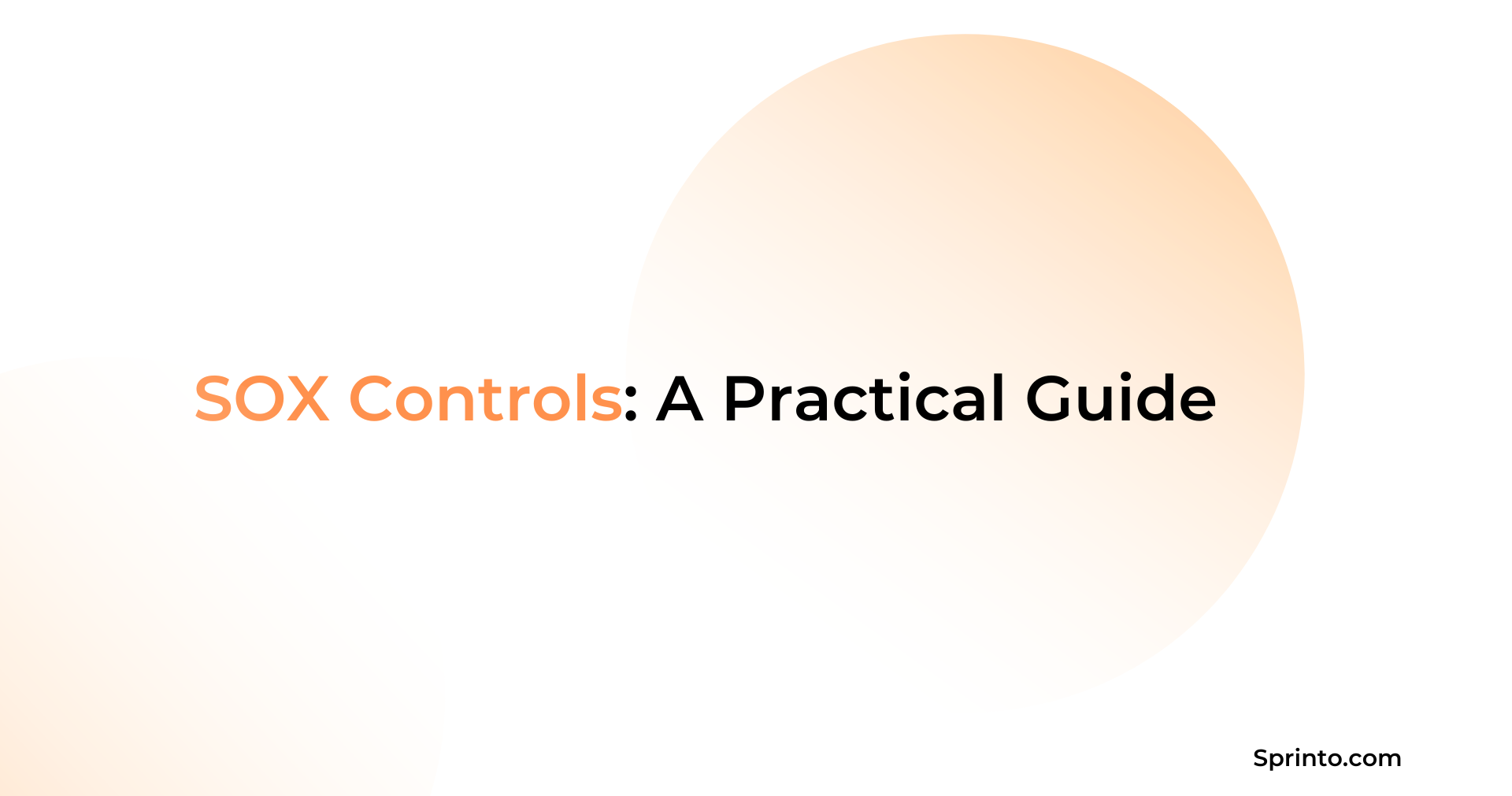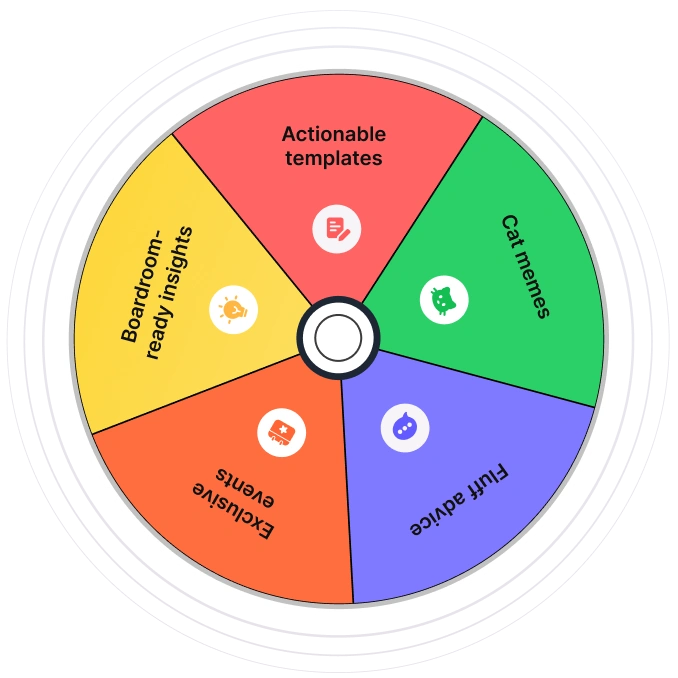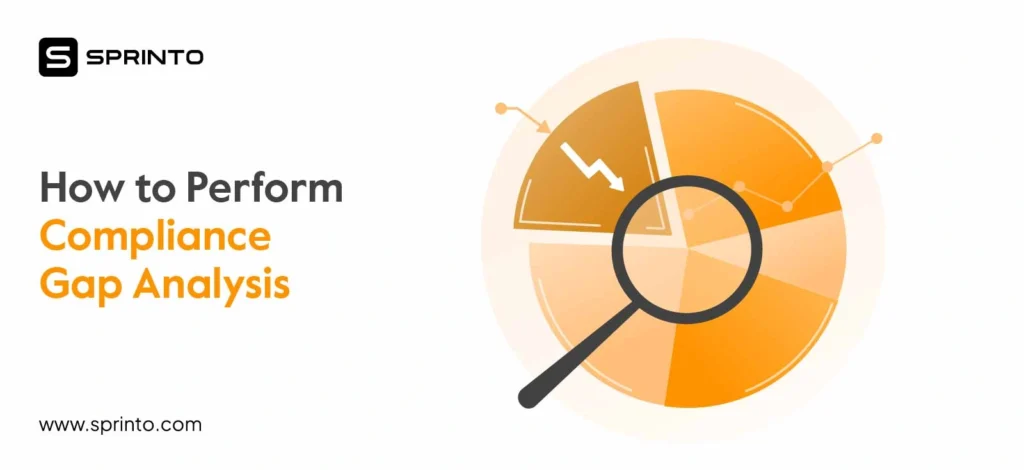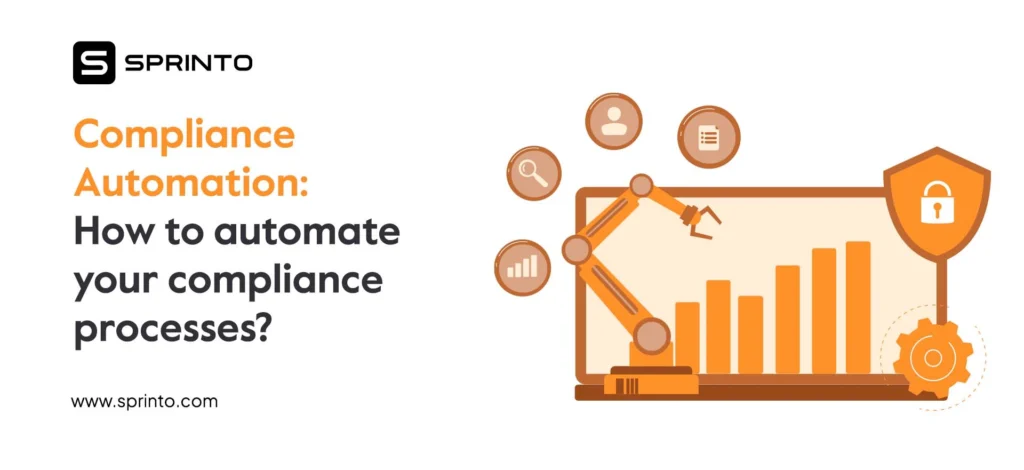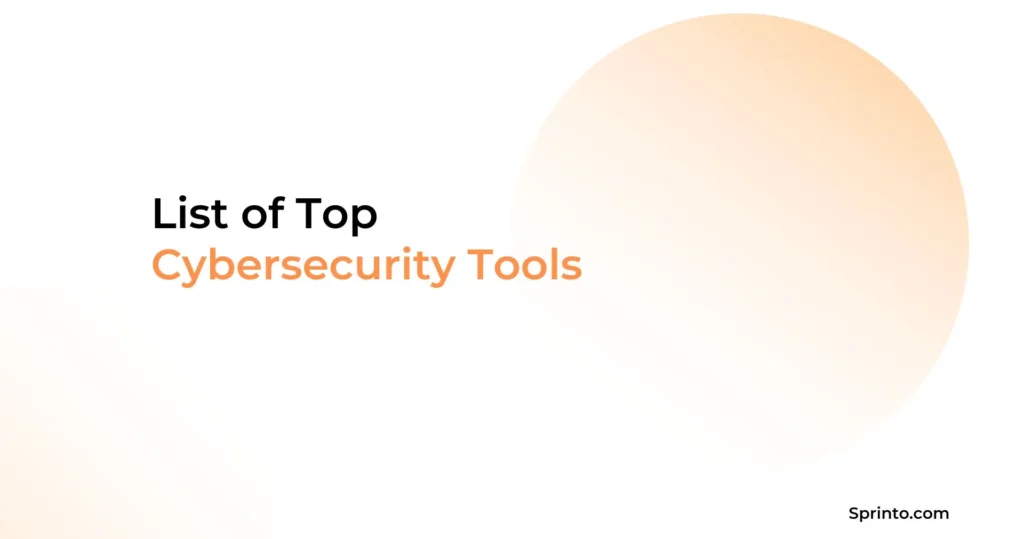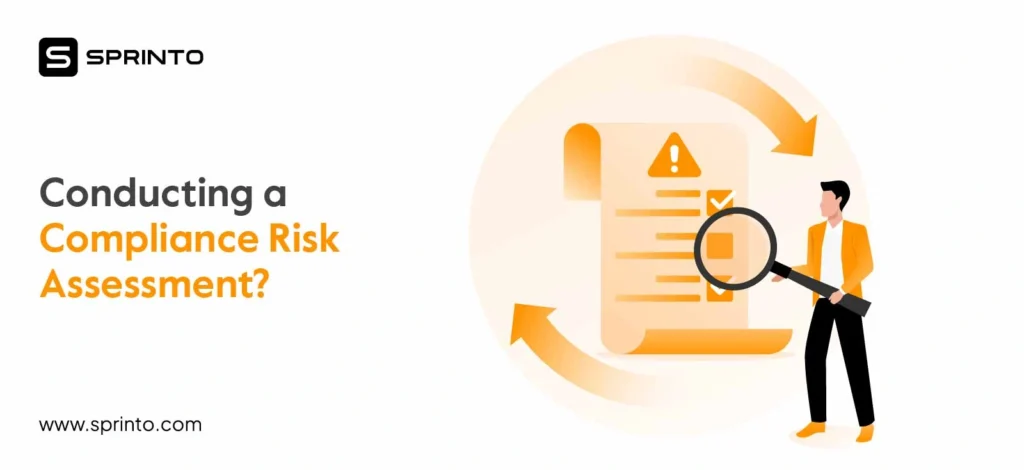SOX compliance is rarely viewed as inspiring, but it should be. The Sarbanes-Oxley Act, now more than 20 years old, has been reduced to a set of rules to follow.
In reality, it’s a proven framework for building durable financial systems and long-term credibility. SOX is fundamentally about trust: the kind that guides investor decisions and protects enterprise value.
Let’s explain what SOX controls mean in practice and how to use them to strengthen reporting, reduce risk, and future-proof your financial integrity.
| TL;DR SOX is a comprehensive system for protecting financial integrity, and weaknesses can have immediate market consequences. We have dissected the core control types—business process, IT general, application, and management review—and shown how each supports reliable reporting. Use the roadmap provided, from scoping and documentation to gap analysis and testing, to build a SOX program that can withstand scrutiny. |
What are SOX Controls?
SOX controls are the internal rulebook and safety checks your company puts in place to ensure its financial reporting is on the P&L and balance sheet, and ultimately, trustworthy.
Formally, these are procedures and mechanisms that public companies establish, guided by the Sarbanes-Oxley Act of 2002 (SOX). This legislation came about after some major financial curveballs in the early 2000s (Enron and WorldCom are the usual suspects) and is all about keeping investors and the public in the loop with reliable information.
SOX controls generally fall into a few key categories:
- Business process controls: These are the checks and balances within your day-to-day financial operations, like approvals for large payments, reconciling bank statements, or verifying inventory counts.
- IT General Controls (ITGCs): Foundational IT controls ensure your IT environment is stable and well-managed. This includes access controls, change management, and data backup and recovery.
- Application controls: These are specific to individual software applications that handle financial data. For example, confirming that a journal entry in your accounting software needs proper authorization before posting.
- Management Review Controls (MRCs): These are controls where management examines financial information to spot potential issues, such as reviewing monthly budget-to-actual reports or analyzing significant transactions.
What is the significance of SOX Controls in financial reporting?
SOX controls give companies a solid foundation for producing financial statements that people can rely on. They’re also necessary for keeping investors confident and the market steady.
Take Section 302 of SOX, for instance. It makes CEOs and CFOs personally sign off on the accuracy of their company’s financial records. That personal stake sharpens everyone’s focus on getting the numbers right.
Beyond that, SOX controls, especially with Section 404’s annual check-up by management and external auditors, are great for sniffing out and dealing with risks that could lead to major errors in financial reports. And while SOX isn’t a cybersecurity law per se, many ITGCs and application controls it calls for naturally bolster the security of your financial data.
Are all SOX controls necessary for your organization?
If you’re a publicly traded company or gearing up for an IPO, then yes, SOX compliance, and therefore SOX controls, are on your to-do list.
If you’re a private company or a non-profit, you’re not legally required to follow SOX. That said, many organizations not strictly under SOX still adopt similar internal control frameworks (like COSO or COBIT) because it’s just good practice for managing financial risks and running a tight ship.
Key compliance requirements under SOX
If you are a public company, you must get a grip on the main compliance points of the Sarbanes-Oxley Act. They make companies more responsible, financial disclosures clearer, and clamp down on corporate and accounting shenanigans.
Here’s a rundown of the core requirements
- Section 302: This is a big one. Your top executives (usually the CEO and CFO) have to personally vouch for the accuracy of the company’s financial statements. They also have to confirm that the company’s disclosure controls and procedures and internal controls over financial reporting are up to snuff. They need to be sure reports are accurate, fairly presented, and based on identified risks.
- Section 404 (Internal Control over Financial Reporting): Companies must set up, maintain, and regularly assess their ICFR. Management has to issue an annual report on how effective these controls are, and an independent external auditor has to review and attest to that assessment. This is the backbone of SOX when it comes to preventing material misstatements.
- Section 906: This section outlines criminal penalties if executives knowingly or willfully sign off on misleading or fraudulent financial reports.
- The PCAOB: SOX established the Public Company Accounting Oversight Board (PCAOB). It’s the auditors’ auditor. They oversee the audits of public companies, set auditing standards, and inspect accounting firms to keep everyone honest and protect investors.
- Section 409: SOX requires more complete and transparent financial reporting. This means companies need to be upfront about things like off-balance-sheet deals and how they calculate pro forma figures. Companies also have to quickly inform everyone about significant changes in their financial health or operations.
- Section 802: Companies must keep all their audit or review work papers for five years. There are hefty penalties if records are destroyed, altered, or faked.
- IT Controls (ITGCs and Application Controls): While SOX was written before cybersecurity became the hot topic it is today, the need for solid IT controls is baked in.
SOX IT controls ensure that any systems that touch financial reporting are well-controlled, accurate, complete, and don’t have errors that could mess with the numbers. This includes controls over who has access, how changes are managed, and financial data security.
These requirements are the foundation of a solid SOX compliance program. Together, they create a financial framework that is more accountable and transparent for everyone.
If you’re reading this, chances are, you’re in IT. In that case, you must pay special attention to the IT Controls.
What are SOX ITGC (IT General Controls)?
SOX IT General Controls (ITGCs) are the foundational policies and procedures that apply to an organization’s IT environment, specifically those components that support financial reporting.
They create a reliable and secure IT operational environment, which supports the accuracy and integrity of the financial data processed by applications.
ITGCs typically cover these domains:
- Access controls: These controls govern who can access systems, data, and critical IT infrastructure, and what they can do once they have access. The “least privilege” principle is important here: users should only have the access rights necessary to perform their job responsibilities.
- Change management controls: These are needed to ensure that modifications to applications, databases, operating systems, and network infrastructure are authorized, tested, and properly implemented. Uncontrolled changes introduce errors, security vulnerabilities, or disrupt financial processing.
- IT operations controls: These controls include the day-to-day activities necessary to maintain the smooth and reliable operation of IT systems. These include:
- Data backup and recovery: Procedures for creating backups, storing them securely (often off-site), and periodically testing the ability to restore data and system functionality in case of a disaster or system failure.
- Job scheduling and monitoring: For systems that rely on automated batch processes, such as end-of-day financial calculations, controls are necessary to ensure these jobs are scheduled correctly, run successfully, and that any failures are identified and addressed.
- Problem and incident management: Processes for identifying, logging, analyzing, and resolving IT incidents and problems that could affect financial reporting, minimize disruption, and prevent recurrence.
- Program development and acquisition controls: While sometimes integrated within change management, these controls focus on how new applications are developed in-house or acquired from third parties. New systems must meet business requirements, be properly tested, and have controls built in before they go live and process financial data.
Weaknesses in any of these ITGC areas will create risks in financial reporting. For instance, poor access controls could allow unauthorized individuals to alter financial data. For these reasons, external auditors heavily scrutinize ITGCs as part of their SOX 404 attestation.
How to Implement SOX Controls? A Step-by-Step Guide
While the specifics will be different based on your organization’s size, complexity, and industry, here’s an overall guide to the process
Step 1: Plan and scope your efforts
Begin with a clear plan. We recommend a top-down, risk-based approach that goes like this:
Figure out exactly what parts of your financial reporting need to be covered by SOX. Point out which financial statement accounts and disclosures are significant; the ones that, if misstated, could sway an investor’s decision.
Once you have those, trace them back to the core business processes that feed into them. Consider your revenue cycle and how you handle procurement, payroll, and other key financial activities.
You’ll also want to map out all the IT systems, applications, and databases that support these critical processes.
Step 2: Understand the risks
Next, move into a thorough risk assessment for each process and system you’ve identified as necessary. Put on your detective hat and ask: where could errors creep in, or where might fraud occur?
It’s helpful to think about two types of risk here: inherent risk (the risk that exists before any controls are applied) and control risk (the chance that your current controls might not catch a problem).
This is where you connect the dots between potential financial reporting mishaps and the specific ITGCs and application controls designed to stop them.
Step 3: Identify controls and document your defenses
Next, you need to thoroughly document all the existing controls you have in place to tackle the risks you’ve just identified. You’ll create detailed process narratives, perhaps some flowcharts to visualize how things work, and control matrices that map risks to controls.
For every single control, make sure you clearly describe its purpose, the actual control activity, who is responsible for performing it, how often it happens, and what kind of evidence it produces to show it’s working.
Remember, careful documentation is a core requirement for SOX.
Step 4: Do a gap analysis and mould controls accordingly
After that, you’ll evaluate how healthy controls are designed. Areas where an existing control doesn’t adequately cover a risk are your “gaps.” You’ll need to either design new controls or beef up the ones you already have.
It’s also possible that you have well-designed controls that aren’t operating effectively, perhaps something your internal tests or previous audits have flagged. In these cases, you’ll need to develop and implement plans to remediate these issues and get those controls working as intended.
Sprinto is a compliance management platform that significantly enhances the administration of SOX (Sarbanes-Oxley Act) controls through its robust automation and compliance features. Here’s how Sprinto can assist:
Automated Control Mapping: Sprinto streamlines the process by automatically mapping relevant SOX controls, reducing manual efforts and ensuring accuracy in compliance alignment.
Continuous Monitoring: With 24×7 real-time monitoring, Sprinto keeps a vigilant eye on critical assets, promptly raising alerts in case of deviations, thereby maintaining the integrity of SOX controls.
Efficient Evidence Collection: The platform automates the collection and cataloging of compliance evidence, saving significant time and ensuring readiness for audits.
Policy Management: Sprinto offers out-of-the-box policy templates and manages policy adherence across the organization, simplifying the enforcement of SOX-related policies.
Audit Preparation: Sprinto facilitates smoother and more efficient audit processes by organizing all necessary documentation and providing an auditor-friendly dashboard.
Step 5: Put your controls to the test
Once any necessary fixes have been made, test them. You need to confirm that they are not only designed correctly but are also operating in the real world.
Testing involves picking samples of transactions or control activities and examining the evidence to ensure the control was performed accurately and consistently.
There are many ways to do this: you might talk to the people involved, watch the control being performed, review documents and reports, or even redo the control activity yourself
Step 6: Evaluate deficiencies and size up the results
After testing, you’ll analyze the findings. Any instance where a control didn’t perform as it should is considered a control deficiency. These deficiencies then need to be carefully checked to determine their severity.
This classification is essential because it dictates how and to whom they must be reported; typically, to management, the audit committee, and your external auditors.
Ultimately, your company’s management is responsible for reporting on the overall effectiveness of your ICFR, including disclosing any material weaknesses that were identified.
Step 7: Continuously monitor and refine controls post implementation
You’ll need to establish ways to monitor your control environment continuously. Regular self-assessments by process owners, periodic reviews by an internal audit team, and ensuring your controls are updated whenever your business processes or IT systems change are all workable.
It’s also smart to periodically step back and look at your overall SOX program for opportunities to make things better. You can automate some manual controls to improve reliability or find ways to simplify your controls.
Best Practices to Test and Monitor SOX Controls
A proper set of SOX controls is a great start, but you need to be confident that they work consistently and effectively.
Follow these best practices to keep your controls safe and secure
- Risk-focused testing: Focus your best testing efforts on high-risk areas prone to material misstatement, like complex revenue recognition processes, non-standard manual journal entries, and critical spreadsheet calculations. You don’t need to test every control equally. Innovative SOX programs prioritize based on risk.
- Don’t limit yourself to just a few testing methods: Combine multiple approaches such as interviewing control owners, observing processes, inspecting documents, and re-performing control activities. For example, when testing data inputs for an MRC, don’t only confirm that the review happened. Instead, inspect system-generated reports and redo the reconciliation to ensure accuracy.
- Use technology to simplify testing: Use Governance, Risk, and Compliance (GRC) tools to streamline control documentation, workflows, and testing steps. Add Computer-Assisted Audit Techniques (CAATs) to efficiently analyze large data sets, detect anomalies, and test entire populations instead of relying only on samples.
- Maintain thorough documentation: Ensure that your testing, from procedures, evidence, results, and remediation, is documented. For example, when evaluating controls over third-party providers, document how you reviewed SOC 1 or SOC 2 reports, the criteria you used to assess exceptions, and the steps to resolve any issues.
- Control intent awareness: Go beyond confirming a control exists; understand why. For example, when testing an entity-level control like a whistleblower hotline, examine how reports are investigated, whether trends are tracked, and if corrective actions are taken.
Make Implementing SOX Controls Easier With Sprinto
Strong SOX controls are more than just a compliance measure. They act as a defense against material misstatements and operational risk. An effective program relies on focused testing, varied assurance methods, diligent documentation, and the right use of technology to stay thorough and efficient.
Sprinto helps put this into practice.
With its compliance automation platform, companies can streamline SOX administration by automating evidence collection, linking controls to systems, enabling real-time monitoring, and managing audit workflows in one place. The result is less manual effort, tighter control, and a more proactive approach to SOX, turning compliance into a strategic advantage.
Pansy
Pansy is an ISC2 Certified in Cybersecurity content marketer with a background in Computer Science engineering. Lately, she has been exploring the world of marketing through the lens of GRC (Governance, risk & compliance) with Sprinto. When she’s not working, she’s either deeply engrossed in political fiction or honing her culinary skills. You may also find her sunbathing on a beach or hiking through a dense forest.
Explore more
research & insights curated to help you earn a seat at the table.



